A Mike’s Masterclass subscriber requested a class on single note melody playing, specifically how to make a melody truly sing like the human voice or a horn. I was happy to put this class together as I feel this is a nice addition to my multi-part class on jazz phrasing.
Many considerations go into achieving a horn-like phrasing on the guitar and with this class we will examine the topic using four tunes as examples. The ballads Over The Rainbow and Embraceable You, as well as two tunes often played at medium swing tempos, Gone With The Wind and East Of The Sun.
There is a PDF sheet included, filled with concepts to consider and employ to help improve one’s single note expressiveness. Fingerstyle, pickstyle and thumb-style techniques are demonstrated in the video.
If you are looking to move away from a typical guitaristic percussive attack to a more vocal-like quality in your single note playing, this class is for you.
This is part one of a two part class. Part 2 will deal with the theory involved in choosing intervals to add below a single note melody.
Running time: 46 minutes

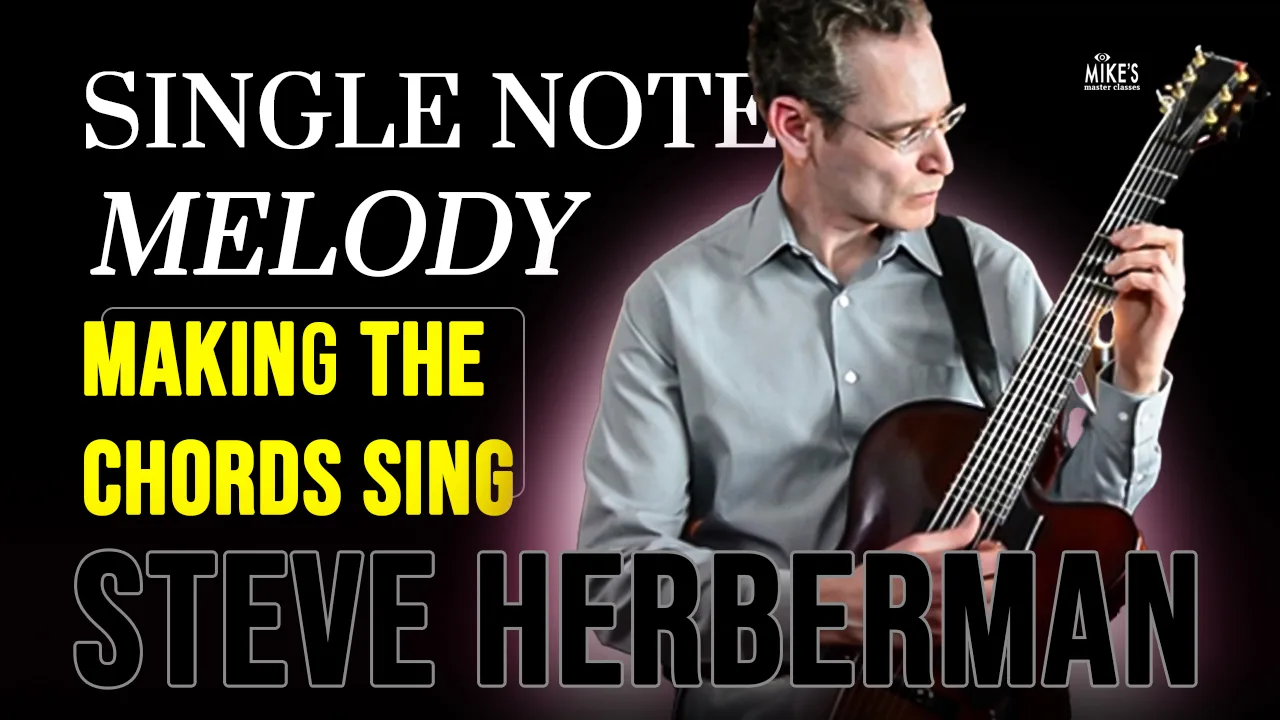
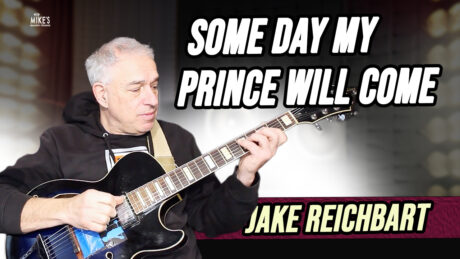
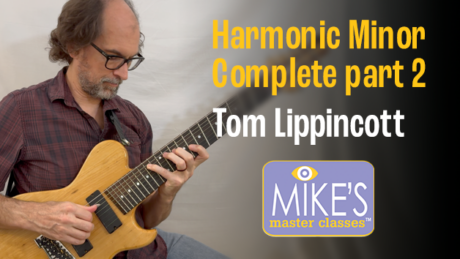
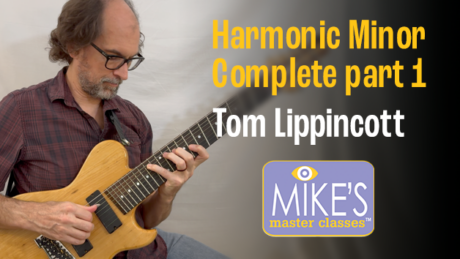





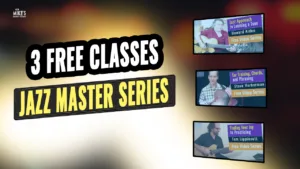

Single Note Melody Part 1: Making The Melody Sing
Steve really lays out a lot of options you have while playing melodies. Take a couple and go through your tunes and apply them 🙂 You will be challenged and have fun and learn new thigs all at once! Thx Steve!
by George ColeI hope this class doesn’t get lost in the shuffle because of the absolute importance of The subject matter
Hey Steve,
There’s so much to say about the expressive qualities you bring up here— The heart of phrasing is expression and ornamentation. . I think many guitarists don’t really focus as much as they need to on it. For those of us who aspire to play (lap) piano style guitar, what you talk about here is everything the guitar can provide as a string instrument that the piano cannot.
The obvious corollaries are to European classical music and Indian classical music.. Ironically, everything that you speak of here, especially with regard to the glissando and slides, Jack C was the absolute master of, I referred to him often as the Johnny Hodges of the guitar. Interestingly, he would grease his fingers on the left hand, which Indian classical musicians do, especially on guitar and mandolin (Eg, the late great maestro U. Srinivas).
The Use of bends versus slides and glissando is actually a very critical one. There is a truly great local musician who is probably the best all-around guitar player I can think of (Who is, incidentally, a dead ringer for my brother, except my brother was like a foot taller 🙂 ) who I heard playing Indian classical music using a lot of Bends. I think that comes across as more B.B. King than Indian classical music..
I don’t know if this is the right word, lyricism is a product expression and ornamentation. We can learn a lot from Indian classical musicians in this regard. I’m going to go meet with a South Indian friend of mine who is studying Carnatic guitar — His mother was a Carnatic classical singer. We’re going to do a trade off: I’m going to teach him about harmony and chords in the fingerboard then he’s going to teach me about ornamentation, which is principally slides, slurs and so forth.
I think you got the critical components exactly right. This is an important subject matter, and a lot of jazz players tend to neglect it. Ultimately, lyricism is a function of expression and ornamentation.
Looking forward to part 2!
by Navdeep JhajSecrets of tasteful melody playing
As in all his classes, Steve does a masterful job of demonstrating the secrets of playing beautifully, in this case with single-note song melodies. He goes into the various subtleties of tone, articulation, phrasing, and register. There are no transcribed examples, but I didn’t find it necessary because it’s really about the creative art of taking a melody and making it sing, not about memorizing a particular example. His playing is very clear and easy to follow, as always, and he talks through what he’s doing as he’s doing it. He includes a very handy list of concepts to consider and he explains all of them in the video. If you envy the way a horn player or a singer can make a melody sound beautiful and want to be able to do that on the guitar, this class is for you. I’m looking forward to part 2!
by Annabel Chiarell